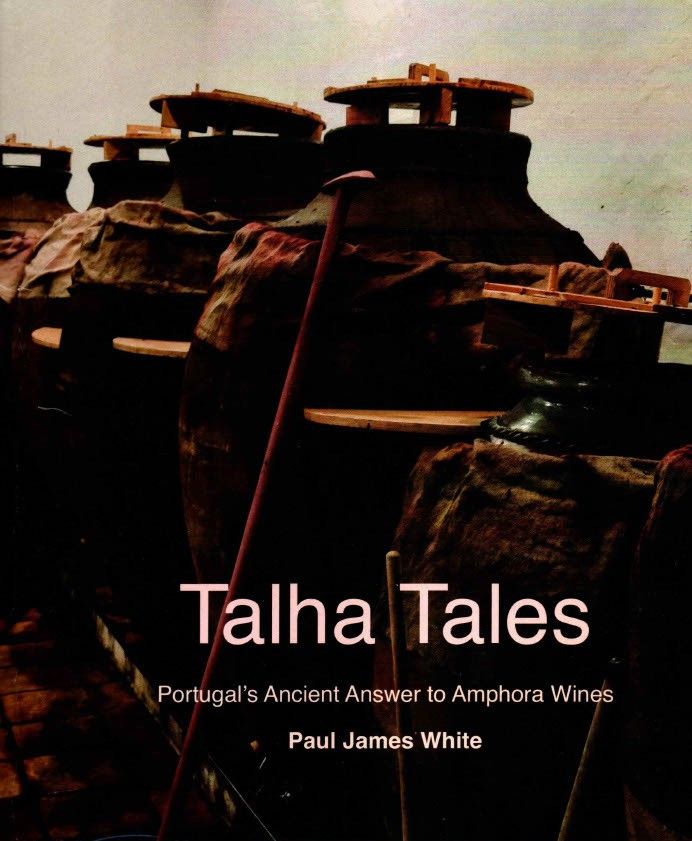L.M. Archer reviews Paul James White’s new book, Talha Tales: Portugal’s Ancient Answer to Amphora Wines.
Talha Tales tells a quixotic tale of Portuguese wine technology lost and found. It’s also a story of one wine region’s cultural resurrection, set in the dusty, remote reaches of Alentejo.
Talha – exclusively Portuguese and quintessentially Alentejan
Romans first introduced talha, or clay pots, to southeastern Portugal millennia ago. Often confused with amphorae, Romans used talha exclusively for fermenting, maturing and storing wine. ‘Amphora were never used during the Roman era to make wine. These long, slender, pointy, two-handled clay pots were used EXCLUSIVELY for transportation, NOT FERMENTATION,’ writes White.
Also, unlike other clay fermentation and aging vessels, such as Georgian qvevri, talha remain freestanding above ground, not buried. Sadly, the talha tradition faced extinction by 2010, when White happened upon this dying art ‘hiding in plain sight’ during a visit to Portugal.
Three easy pieces
White breaks the book into three Informative, easy-to-read sections. Part one delves into how he fell upon talha as an idée fixe. It’s a true hero’s journey, full of twists, turns, and obstacles. White artfully recounts the history, culture, and esoterica of talha wine with geeky delight. He also dives easily into fermentation techniques, vessel and wine styles, growing areas, and traditional grapes. Lighthearted introductions to local village characters add a touch of coloratura.
Part two recaps talha producers, their individual wines and styles, plus practical, ‘boots on the ground’ tasting and visiting tips. Part three, penned by White’s ‘pilgrim partner’ Jennifer Mortimer, proffers an insider’s guide to cultural attractions, lodging and regional tabernas (largish, combo talha wineries/restaurants) and tascas, smaller tabernas serving Portuguese-style tapas called petiscos. Mortimer lists these by location, from central Evora and Vidigueira (considered ‘Ground Zero’ of talha culture), to northern Portalegre and Borba, and southeastern Reguengos and Granja-Amareleja.
Takeaways
My favourite takeaway from Talha Tales pivots upon the concept of talha ‘terroir’. As a student of Bourgogne, the concept that talha wine expresses its ‘bespoke environment’ resonates.
White sums it up best: ‘Terroir is one way to explain how grapes express themselves through a final wine. The traditional concept of terroir revolves around a vineyard’s soil and grapes, its position on earth, its seasonal weather and the human input it receives over that time. Talha’s old mixed vineyards – fine-tuned over centuries – create perfect expressions of their space and time, consistently, year in, year out. Talha up the ante with their own unique terroir; one bound by size and shape, age, original firing conditions, the original source of clay and the earthen-mineral content creating that clay.’
Ultimately, Paul James White’s Talha Tales speaks less about quixotic tilting at windmills, and more about harnessing the power of a wine region – one pot at a time.
Talha Tales is available on Amazon in hardcover and as an ebook.

